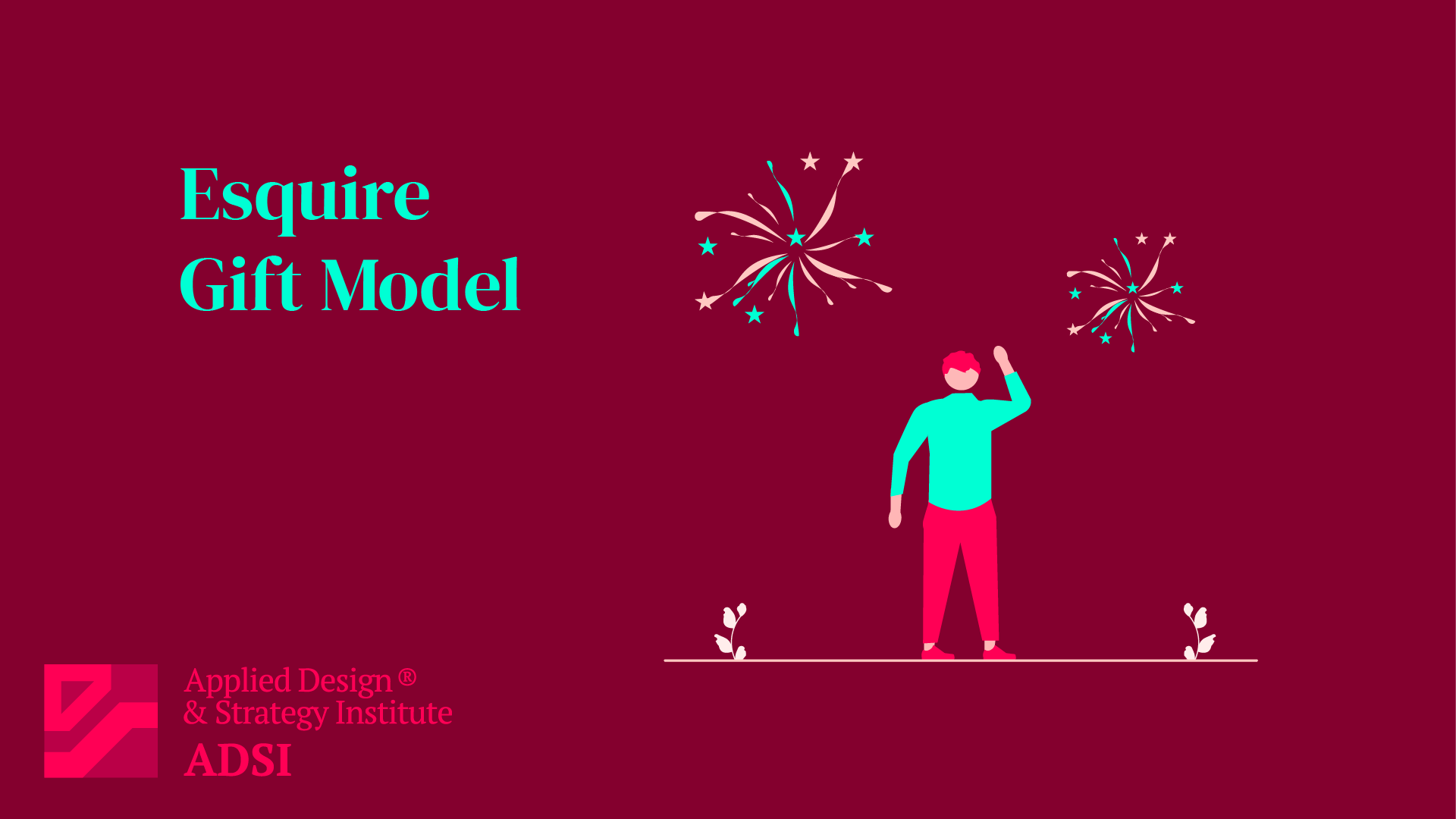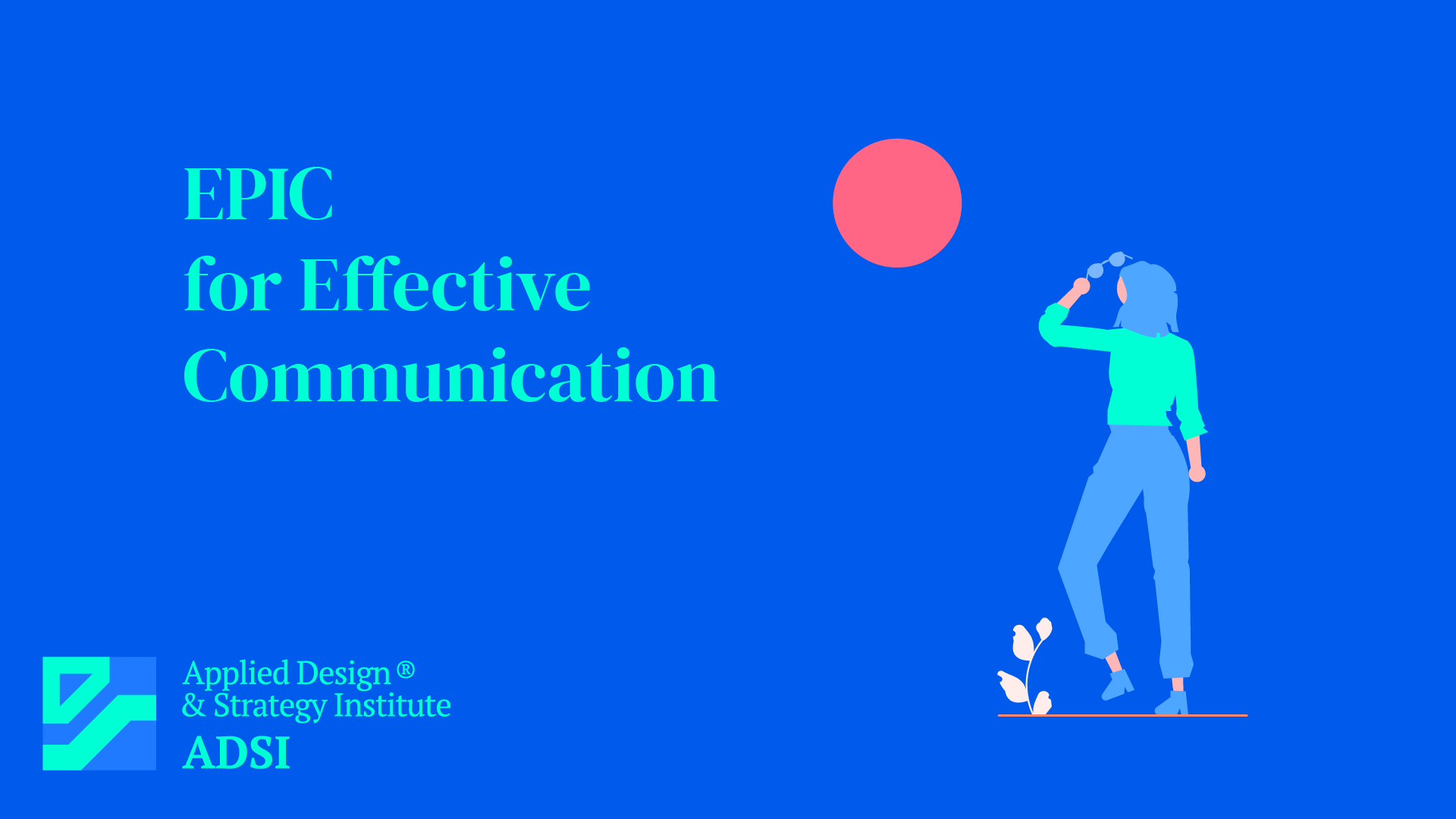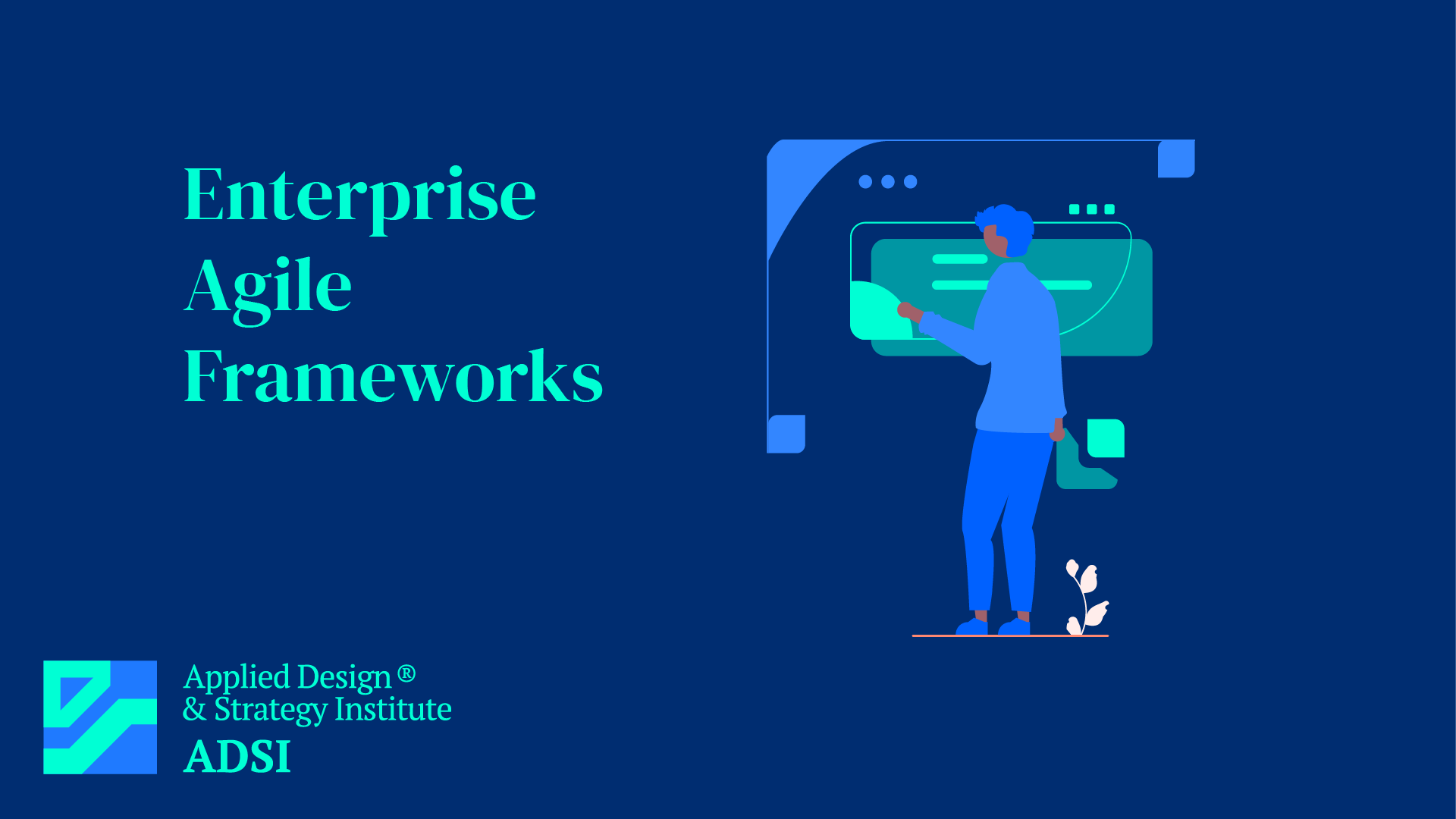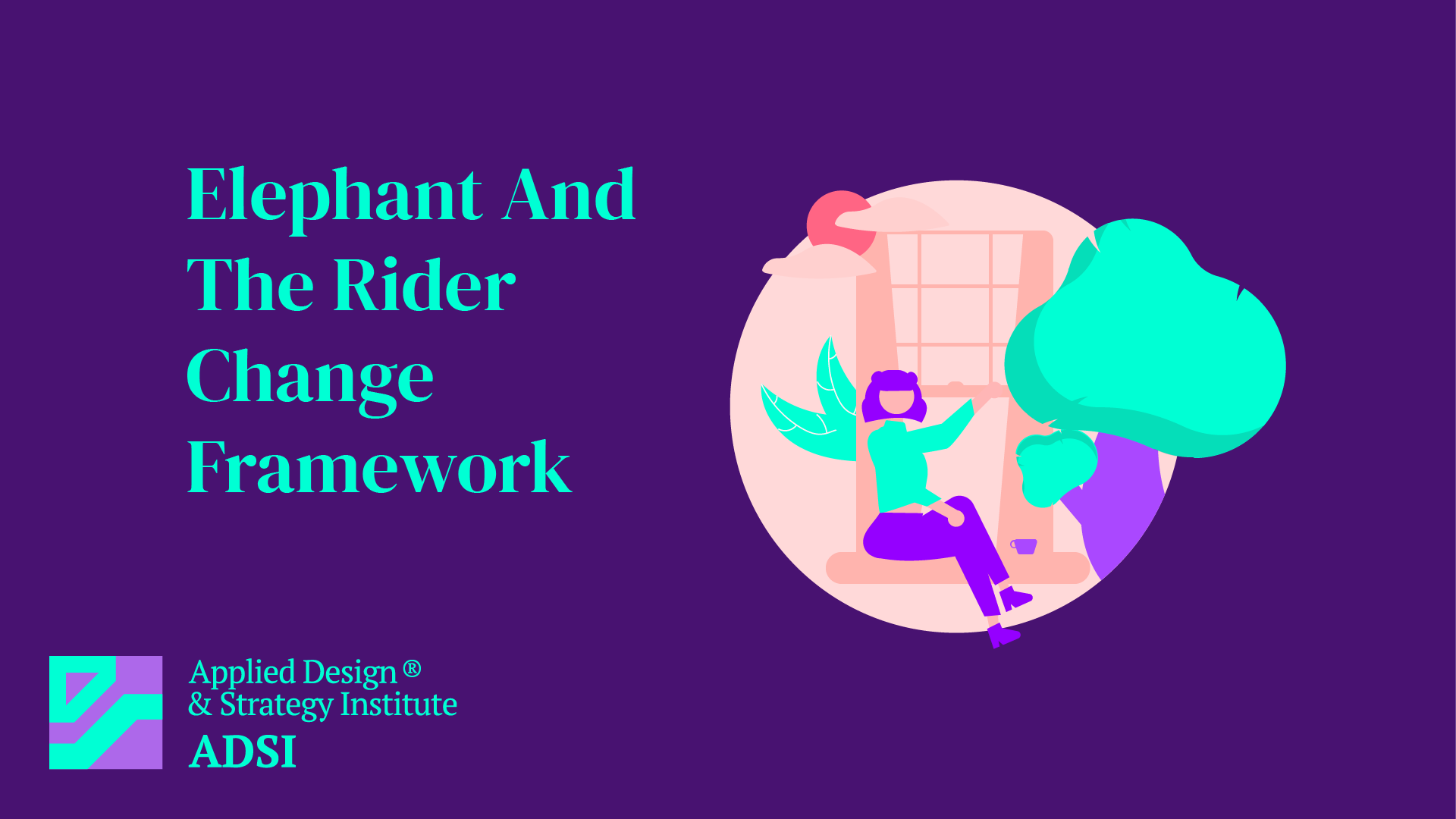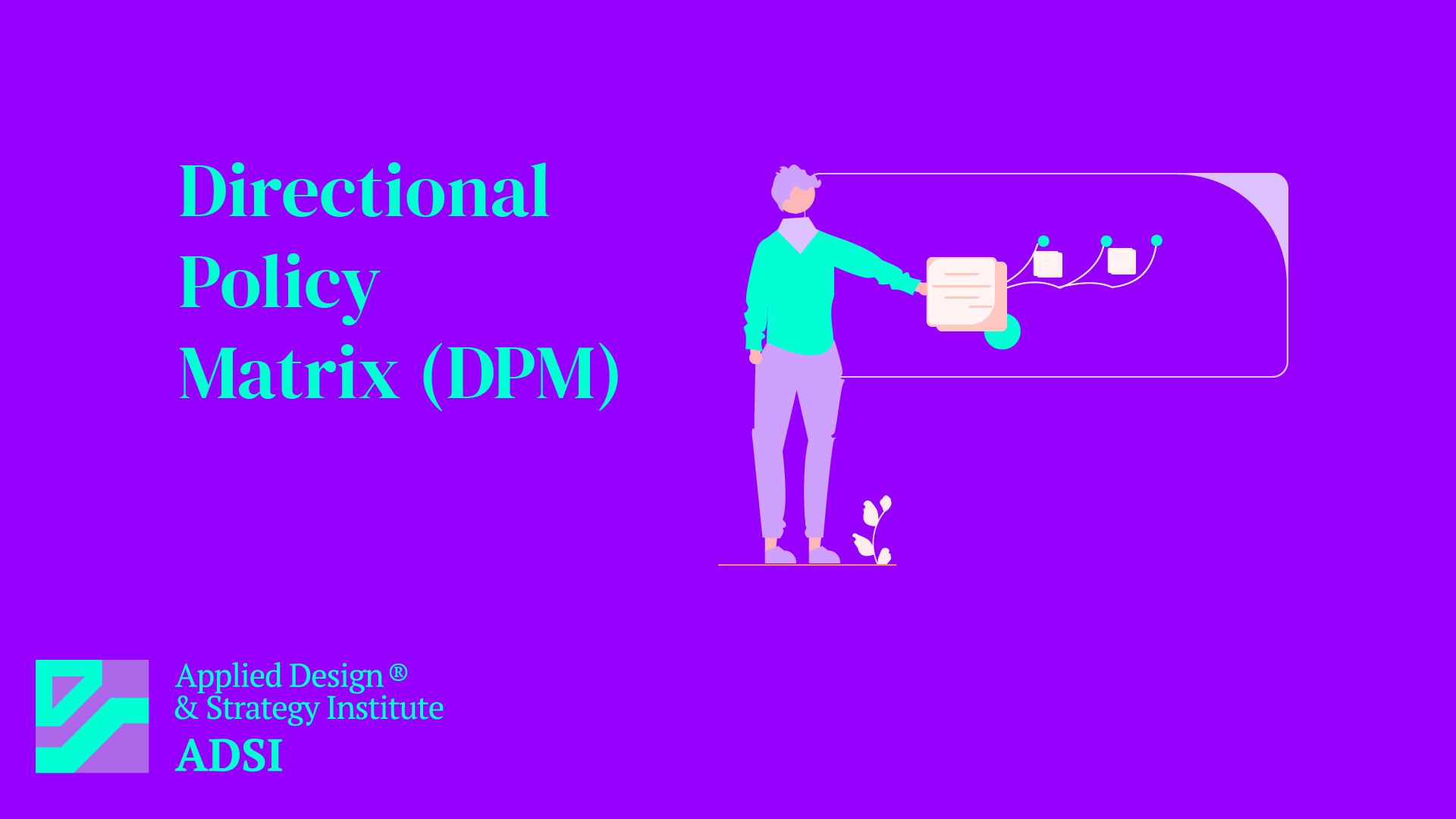First-Mover Advantage: How to Dominate a Market
Understanding First-Mover Advantage First-Mover Advantage refers to the competitive edge gained by a company that first introduces a product or service to the market. This concept is crucial in strategic management and marketing, as it can lead to significant dominance in a particular industry or market segment. Key Elements of
Fiedler’s Contingency Model
Introduction to Fiedler’s Contingency Model Fiedler’s Contingency Model, developed by Fred Fiedler in the 1960s, is a theory of leadership that asserts that a leader’s effectiveness is contingent upon the interaction between their leadership style and the situational context. This model was a groundbreaking shi
Expectation Effect
Introduction to the Expectation Effect The Expectation Effect, also known as the expectancy theory, is a psychological principle suggesting that an individual’s expectations about a situation or outcome can significantly influence their perceptions and behaviors, often leading to the fulfillment of those expectations. Key
Esquire Gift Model
Understanding the Esquire Gift Model The Esquire Gift Model is a conceptual framework often applied in marketing, particularly in the context of consumer behavior and gift-giving. This model seeks to understand the dynamics of gift selection, purchase, and presentation from a psychological and sociological perspective. Key Compo
Epic for Effective Communication
Introduction to Epic In the context of project management and software development, an “Epic” is a term used in Agile methodology, particularly in Scrum and Kanban frameworks. An epic is a large body of work that can be broken down into smaller tasks (usually called ‘stories’ or ‘user stories’
Enterprise Agile Frameworks
Introduction to Enterprise Agile Frameworks Enterprise Agile Frameworks are methodologies designed to apply Agile principles and practices at an organizational level. Unlike traditional Agile approaches, which are typically applied to small, co-located teams, Enterprise Agile Frameworks aim to scale Agile to larger, more complex
Elephant-Rider-Change Model
Introduction to the Elephant-Rider-Change Model The Elephant-Rider-Change Model is a metaphorical framework for understanding and facilitating change in human behavior. Introduced by Jonathan Haidt in his book “The Happiness Hypothesis,” this model illustrates the relationship between emotional and rational parts of
Elaboration-Likelihood Model (ELM)
Understanding the Elaboration-Likelihood Model The Elaboration-Likelihood Model (ELM) of persuasion is a theory in psychology that explains how attitudes are formed and changed. This dual-process theory, developed by Richard E. Petty and John Cacioppo in the 1980s, suggests that there are two primary routes through which persuas
Directional Policy Matrix
Directional Policy Matrix: Strategic Tool for Portfolio Analysis Introduction The Directional Policy Matrix (DPM) is a business tool used for portfolio analysis and strategic decision-making. It helps organizations evaluate their business units or product lines in terms of two critical dimensions: the attractiveness of the marke
DICE Framework
DICE Framework: Assessing the Success Probability of Change Initiatives Introduction The DICE Framework is a tool developed by the Boston Consulting Group to evaluate the likelihood of success of organizational change projects. It helps leaders and managers assess key factors influencing the outcome of change initiatives, provid





